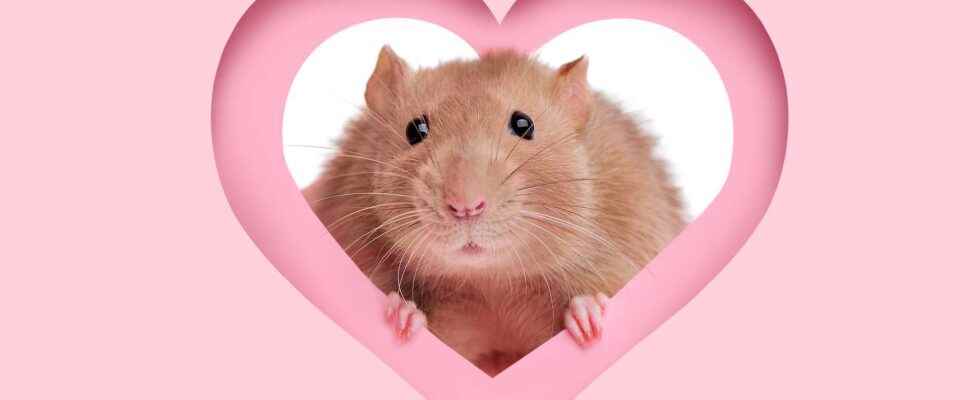Regenerating an injured organ is the dream of all doctors. Small rodents living in Africa have just shown that they are able to heal their heart after a heart attack by several mechanisms which are necessarily of interest to human medicine.
You will also be interested
[EN VIDÉO] Rodents in the Lastoursville caves identified with a clever trap The rodents present in Gabon, and particularly in the Lastoursville area, are not well known. To better study and identify them, Stephan Ntie, a biologist involved in the exploration of these caves, has designed a trap that is surprising to say the least. They tell us about it during this interview.
Regenerating a lost limb is a fairly common ability among vertebrates. Some lizards and salamanders can develop a new tail if they lose it. It’s a pretty effective way to escape the fangs of a predator.
At the mammals, this ability is rarer, especially in adults. The rodents of the kind Acomys, also nicknamed the spiny mice, can rebuild their skin with the follicles hair, sweat glands and cartilage, as a result of injury. This feat has attracted the attention of specialists in regenerative medicine. Small African rodents have been studied extensively until they discovered that in addition to regenerating their skin, spiny mice can heal their heart after heart injury. This is what shows a new study published in npj Regenerative Medicine.
The mechanics of the Acomys heart
In comparison with the lab mouse (Mus musculus), the heart spiny mice have more mononuclear cardiomyocytes – a characteristic unique to newborns in which the organ is immature. After a heart attack, scientists have observed that endothelial cells actively multiply and new blood vessels – capillaries – appear around the affected area.
The process is long because only a few days after the heart attack, scientists did not observe any differences between lab mice and spiny mice. At 50 days post-injury, the condition of laboratory mice deteriorates while that of rodents of the genus Acomys stabilizes. In the latter, cardiac tissues have regenerated without reaching their pre-injury appearance.
Spiny mice could serve as model animals to study regeneration of the heart and the appearance of new blood.
Interested in what you just read?
.
fs6
